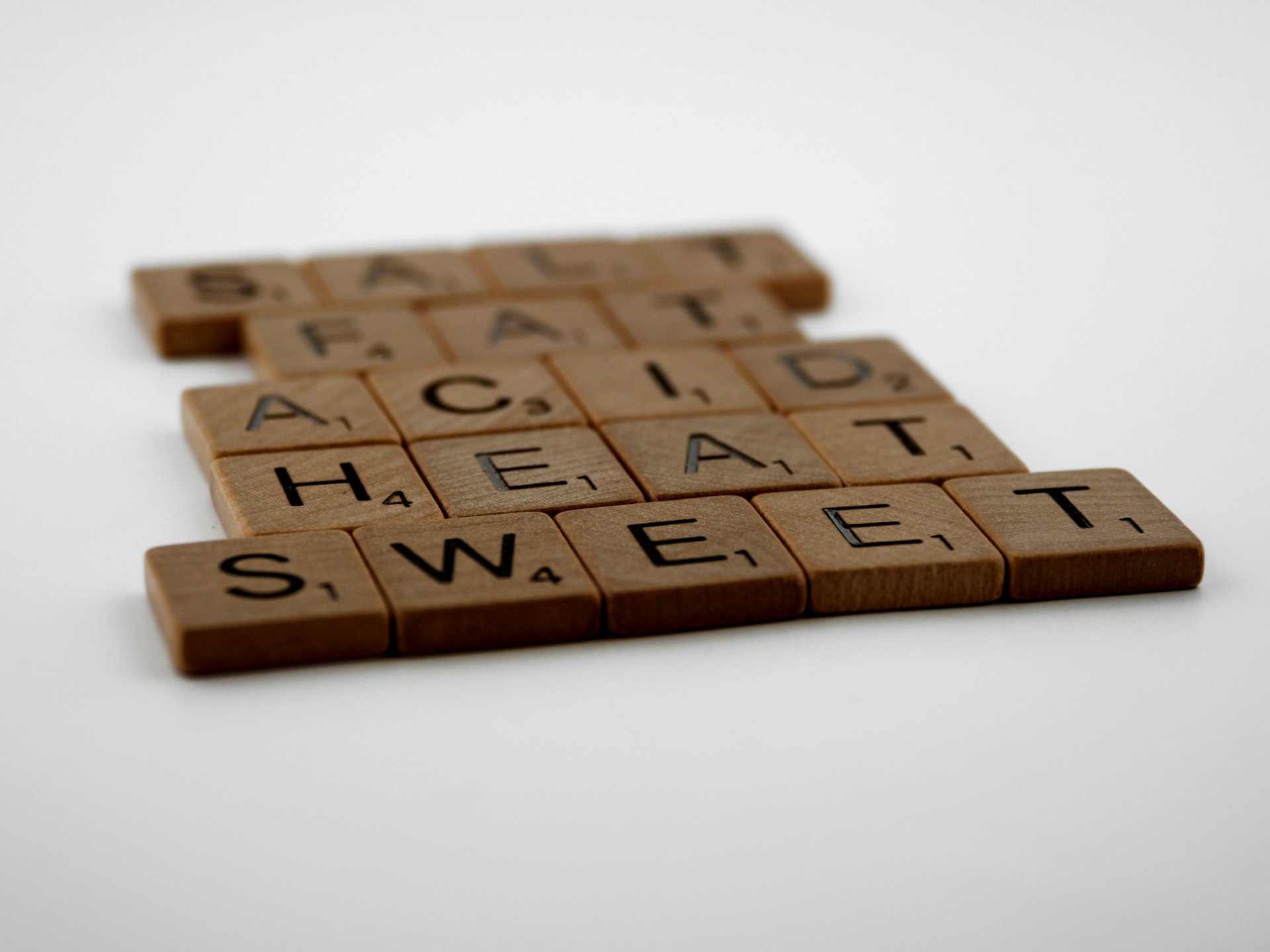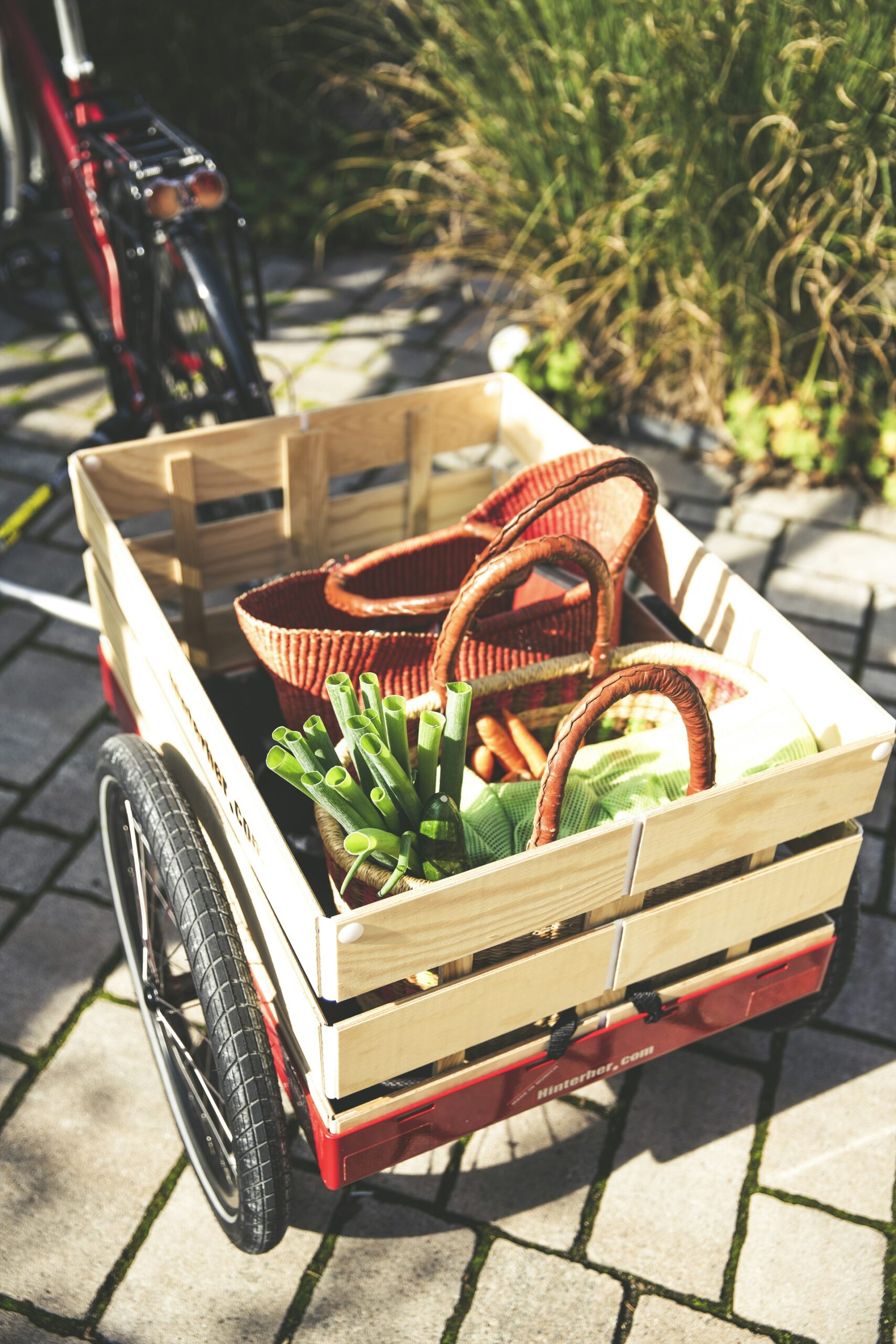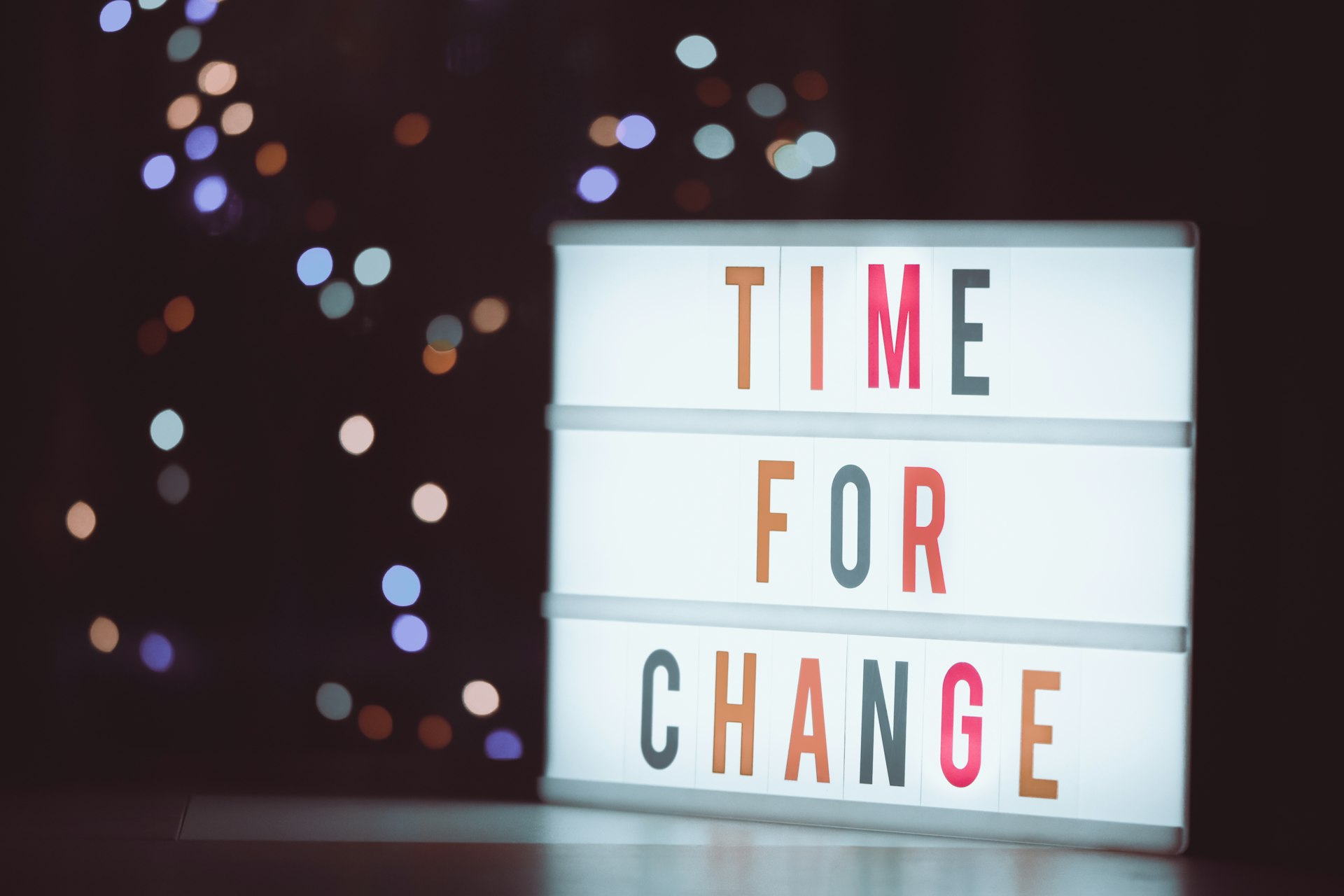Transform Your Life: 50+ Proven Eco-Friendly Lifestyle Habits That Save Money and Planet

Photo by CHARLES CHENG on Unsplash
Living an eco-friendly lifestyle has evolved from a niche movement to a mainstream necessity, with millions of people worldwide adopting sustainable practices that benefit both the environment and their wallets. The transition to green living doesn’t require dramatic lifestyle changes-instead, it’s about making conscious choices in daily activities that collectively create significant positive impact.
Energy Conservation: The Foundation of Sustainable Living
Energy efficiency represents one of the most impactful areas for sustainable living. Simple changes in how we consume electricity can dramatically reduce both carbon footprint and utility bills. [1]
Turning off lights when leaving rooms and utilizing natural light during daytime hours instead of artificial lighting can reduce electricity consumption by up to 15%. Installing LED bulbs, though requiring initial investment, consumes 75% less energy than traditional incandescent bulbs and lasts 25 times longer. [1]
Investing in energy-efficient appliances like pressure cookers can reduce cooking energy consumption by 70%. These appliances cook food faster using steam pressure, requiring less electricity or gas while preserving more nutrients in food. Similarly, air-drying laundry instead of using electric dryers eliminates significant energy consumption while extending clothing lifespan through gentler treatment. [1]
Water Conservation Strategies
Water scarcity affects billions globally, making conservation efforts crucial for environmental sustainability. [3] Implementing water-saving habits requires minimal effort but creates substantial impact.
Taking shorter showers can save thousands of gallons annually. A typical shower uses 2.5 gallons per minute, so reducing shower time by just three minutes saves 7.5 gallons per shower. Turning off water while brushing teeth saves approximately 8 gallons per brushing session. [1]
Installing low-flow fixtures and repairing leaky faucets prevents unnecessary water waste. A single dripping faucet can waste over 3,000 gallons annually. Xeriscaping-landscaping with drought-resistant plants-reduces outdoor water consumption while creating beautiful, low-maintenance gardens. [4]
Sustainable Food Practices and Waste Reduction
Food production significantly impacts environmental resources, making sustainable eating habits essential for eco-friendly living. [2] Food waste particularly contributes to environmental degradation, as organic waste in landfills produces methane-a greenhouse gas 80 times more potent than carbon dioxide.
Reducing food waste begins with strategic shopping. Checking refrigerator and pantry contents before shopping prevents duplicate purchases. Creating detailed grocery lists and adhering to them eliminates impulse buying of unnecessary items. Purchasing seasonal produce ensures fresher food that lasts longer while supporting local agriculture and reducing transportation emissions. [2]
Repurposing food scraps creates multiple benefits. Citrus peels can become natural cleaning solutions when infused in vinegar. Vegetable scraps can create nutrient-rich compost for gardens. Properly storing leftovers in reusable containers and freezing excess food before spoilage prevents waste while providing convenient future meals.
Growing home gardens, even in small spaces through container gardening, provides fresh produce while eliminating transportation emissions. Commercially grown produce often travels thousands of miles, whereas homegrown food travels zero miles from garden to plate. [2]
Sustainable Fashion and Textile Choices
The fashion industry contributes significantly to environmental degradation, responsible for up to 10% of global carbon emissions. [4] Fast fashion has increased global clothing consumption by 400% over recent decades, creating massive waste streams.
Adopting sustainable fashion practices begins with caring for existing clothing. Proper washing, storage, and maintenance extends garment lifespan significantly. Learning basic mending skills-repairing holes, replacing buttons, fixing hems-prevents premature disposal of wearable clothing. [1]
When purchasing new clothing becomes necessary, prioritizing second-hand options provides quality garments at reduced environmental cost. Thrift stores, consignment shops, and clothing swaps offer diverse selections while preventing textile waste. For new purchases, selecting garments made from sustainable materials like organic cotton or Tencel from brands focused on durability ensures longer-lasting clothing. [4]
Green Transportation and Travel
Transportation represents one of the largest sources of global warming pollution worldwide. [3] Sustainable transportation choices significantly reduce individual carbon footprints while often providing health and financial benefits.
Walking, cycling, and public transportation eliminate direct fossil fuel consumption while promoting physical fitness. For longer distances, carpooling and ride-sharing reduce per-person emissions. When air travel becomes necessary, choosing direct flights, packing light, and selecting airlines with sustainability commitments minimizes environmental impact.

Photo by Tower Electric Bikes on Unsplash
Sustainable travel extends beyond transportation to accommodation and activity choices. Selecting locally owned hotels, organic restaurants, and environmentally conscious businesses supports sustainable tourism while reducing travel footprints. [3]
Waste Reduction and Reusable Alternatives
Transitioning from disposable to reusable products dramatically reduces waste generation while often providing long-term cost savings. [3] Single-use items create enormous waste streams that burden landfills and pollute natural environments.
Replacing disposable items with reusable alternatives creates immediate impact. Using personal coffee cups instead of disposable cups, carrying reusable water bottles, and bringing cloth bags for shopping eliminates hundreds of single-use items annually. Reusable straws, utensils, and food containers further reduce disposable product consumption. [1]
Switching from paper towels to washable cloths, using rechargeable batteries instead of disposables, and choosing bar soap over liquid soap in plastic containers reduces packaging waste while often proving more economical long-term. [1]
Natural and Non-Toxic Household Products
Conventional cleaning products often contain harmful chemicals that pollute waterways and indoor air while coming in plastic packaging. [2] Creating homemade cleaning solutions eliminates toxic exposure while reducing packaging waste.
Vinegar serves as an effective cleaner for most surfaces, though it should be avoided on marble and limestone. Creating citrus-infused vinegar involves filling mason jars two-thirds full with vinegar, adding citrus peels, and allowing three to four weeks for infusion. The resulting solution, mixed with equal parts water, provides effective cleaning power with pleasant scent. [2]
Baking soda, castile soap, and essential oils create additional cleaning solutions for various household needs. These ingredients are non-toxic, biodegradable, and often more affordable than commercial alternatives.
Indoor Air Quality and Plant Integration
Indoor plants provide natural air purification while creating healthier living environments. [1] Certain species excel at removing common indoor pollutants while requiring minimal maintenance.
Snake plants and spider plants effectively filter indoor air pollutants while thriving in various lighting conditions. These plants require minimal watering and care, making them ideal for beginners. Additional air-purifying plants include pothos, peace lilies, and rubber trees, each offering unique aesthetic and functional benefits.
Digital and Paper Reduction
Reducing paper consumption through digital alternatives eliminates tree harvesting while often providing greater convenience and organization. [1] Switching to digital billing, online banking, and electronic document storage reduces paper waste while improving accessibility.
Using bamboo toothbrushes instead of plastic alternatives reduces plastic waste, as bamboo is biodegradable and rapidly renewable. Similarly, choosing matches over disposable lighters eliminates plastic waste while providing reliable functionality. [1]
Pet Care Sustainability
Pet ownership can incorporate sustainable practices that reduce environmental impact while maintaining animal health and comfort. [1] Using compostable waste bags for dogs and sustainable cat litter options reduces plastic waste and landfill burden.
Choosing pet food with sustainable ingredients and minimal packaging further reduces pet-related environmental impact. Many companies now offer eco-friendly pet products made from recycled or biodegradable materials.
Implementing these eco-friendly lifestyle habits creates cumulative positive impact that extends far beyond individual households. Each sustainable choice contributes to broader environmental protection while often providing personal benefits including cost savings, improved health, and enhanced quality of life. The transition to sustainable living represents an investment in both personal well-being and planetary health, demonstrating that environmental responsibility and practical living can align harmoniously.
References
[1] CBS International Business School. Sustainable living: 59 tips for a more sustainable lifestyle.
[2] The Earthling Co. 12 Sustainable Practices You Can Do at Home.
[3] Green America. Green Living: 10 Habits of Highly Sustainable People.
[4] Center for Biological Diversity. 12 Ways to Live More Sustainably.
MORE FROM promohunterpro.com













